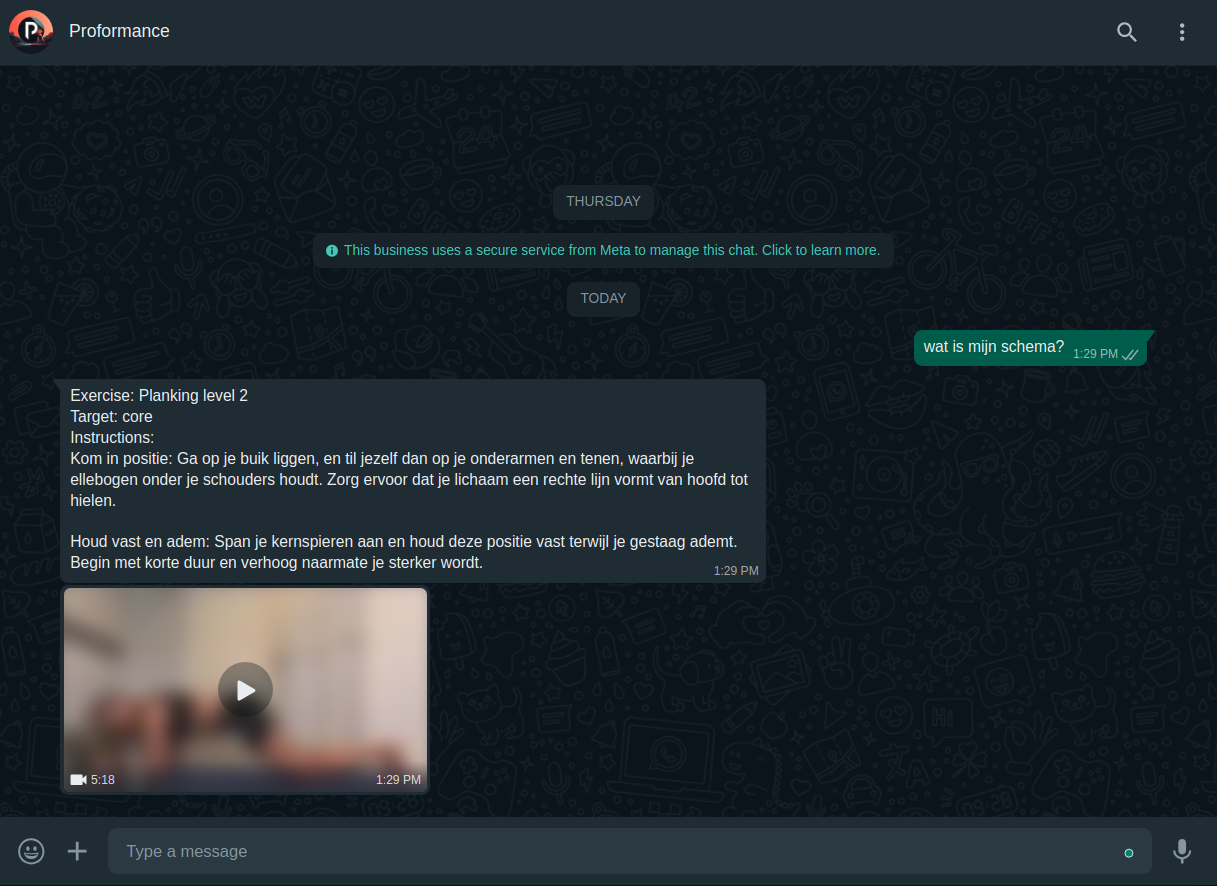From Concept to Reality in 7 Days: The Success Story of a Sports Training Program MVP
TLDR:
Franz completed a challenging project in just one week. We created a Minimum Viable Product (MVP) for a sports physiotherapist. This project shows our dedication to fast delivery and innovation. We successfully used advanced technology like Whoop, Firebase, Twilio, OpenAI, and Firecms. We aimed to create an easy and effective training program for elite athletes.
The Customer:
Our client, a distinguished sports physiotherapist, has a decade of experience working with elite athletes. The physiotherapists wanted to create personalized training programs for athletes. The programs can change depending on how ready they are each day. Many things can affect their readiness. They needed a system that could expand and operate efficiently.
The Challenge:
Top athletes focus on training and only have a little time for complicated apps or computers. An athlete's readiness for training changes every day. Sleep, activities, health, and training stages influence it. In the past, the physiotherapist had to hand-check athletes' wearable data. They used this data to make daily training programs. This method was adequate but only suitable for a small group of clients.
Our Approach:
We started our journey by meeting one-on-one with our client. We gathered important information and planned for the unknowns. Due to uncertainties, we could have done a detailed analysis. Instead, we concentrated on building an MVP in a week. The deadline made us focus on the central problem and use existing technology for fast development. Our approach included:
We accessed athletes' real-time readiness scores using the Whoop API. The scores range from 0 to 100. Sleep quality, recovery, and physical strain serve as their basis. We can use this data to create the best training programs for the athlete.
We used Firebase Cloud Functions to make a serverless backend that is scalable and efficient. This decision allowed for quick development and use of essential features in the app's backend. These features are necessary for handling data and managing how the app's parts work together.
We used Firebase Firestore to store exercises, athlete profiles, and training schedules. The NoSQL database helped manage dynamic data necessary for personalized training programs. It is flexible and scalable.
We used Twilio to create a chat interface on WhatsApp to make communication easier. Athletes can quickly get their training programs by sending a message on WhatsApp. It's convenient because it aligns with their usual tech habits.
We used OpenAI's advanced language to interpret athletes' requests and give suitable responses. OpenAI enabled our chatbot to reduce user input to core intents, e.g., requesting training.
We used Firecms, a CMS made with Firebase, to help the physiotherapist update programs and upload videos quickly. It works well with other Firebase services, making it perfect for managing content.
The Result:
The solution changed how we deliver the training programs to the athletes. The physiotherapist can now customize exercises and programs for athletes using an admin panel. They can tailor them to meet each athlete's specific needs. Athletes use WhatsApp to get their daily program. They receive personalized training schedules that match their readiness. Their routine stays the same, and they don't need to learn new tools. This simple solution helps athletes train better and is easy to use.




